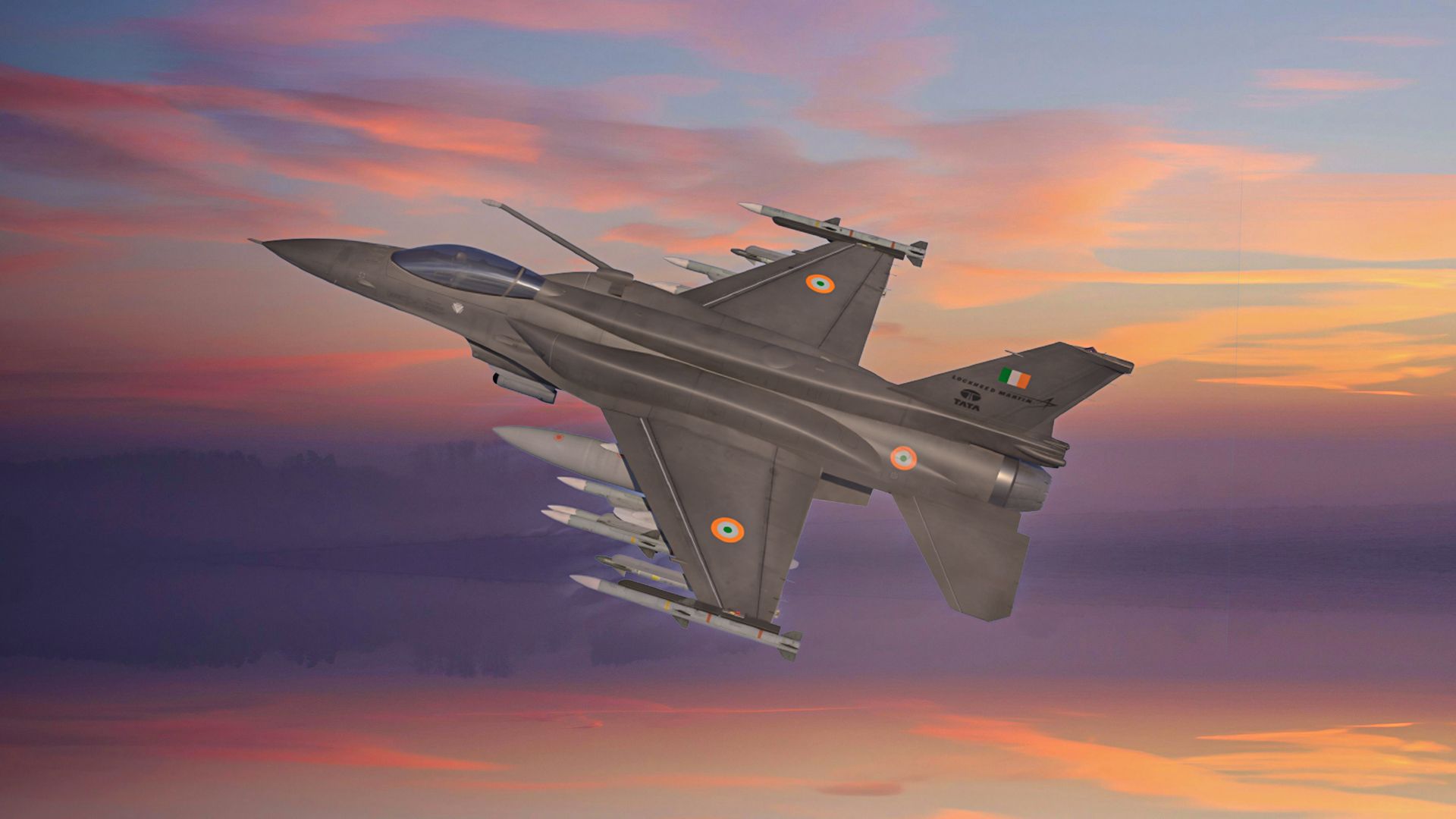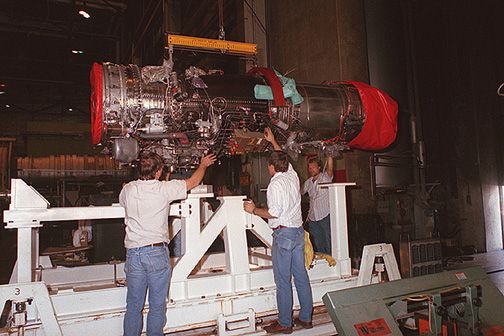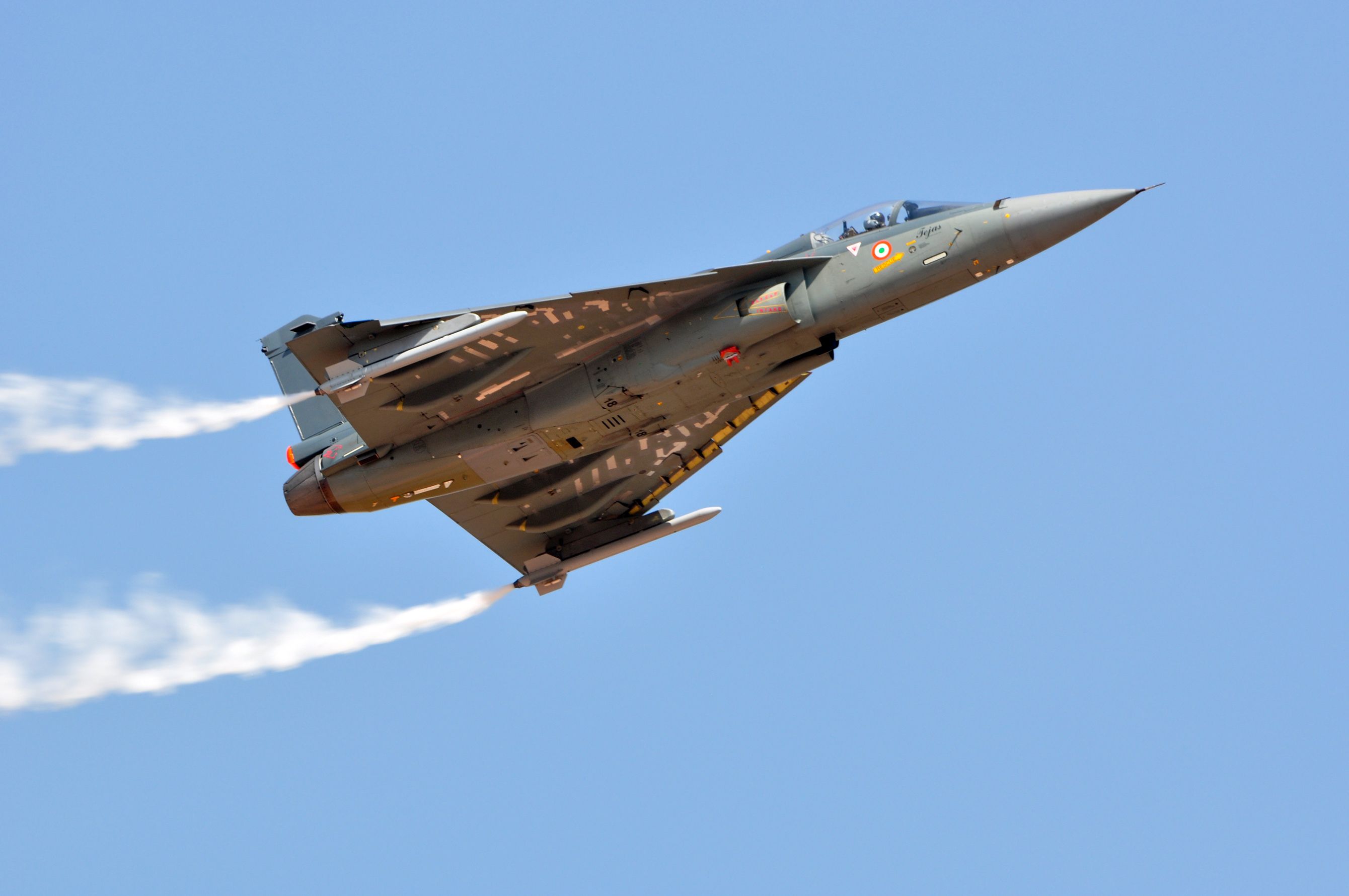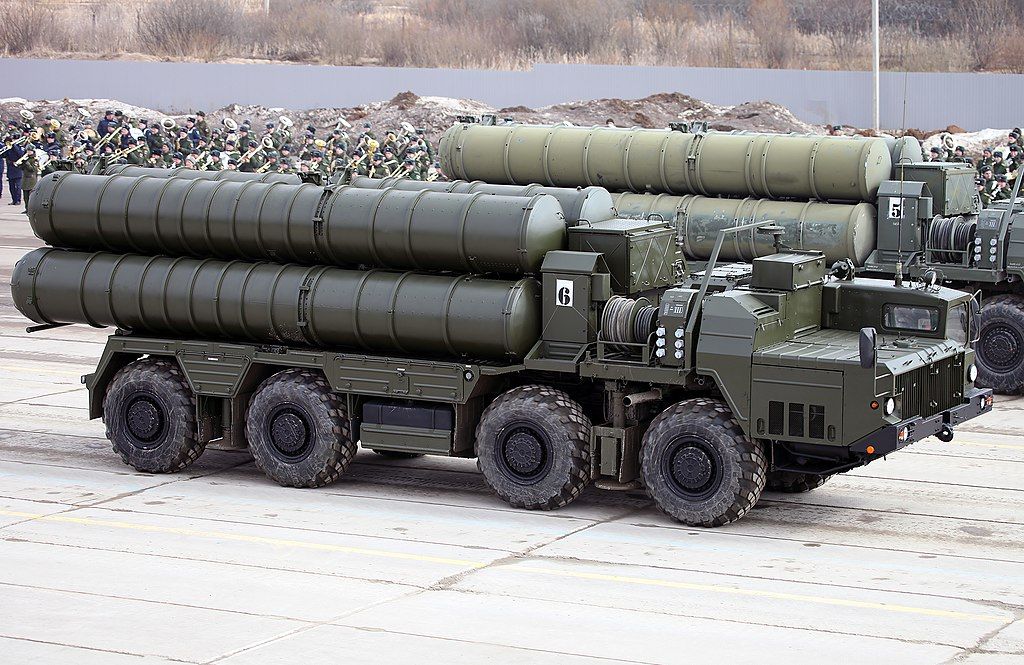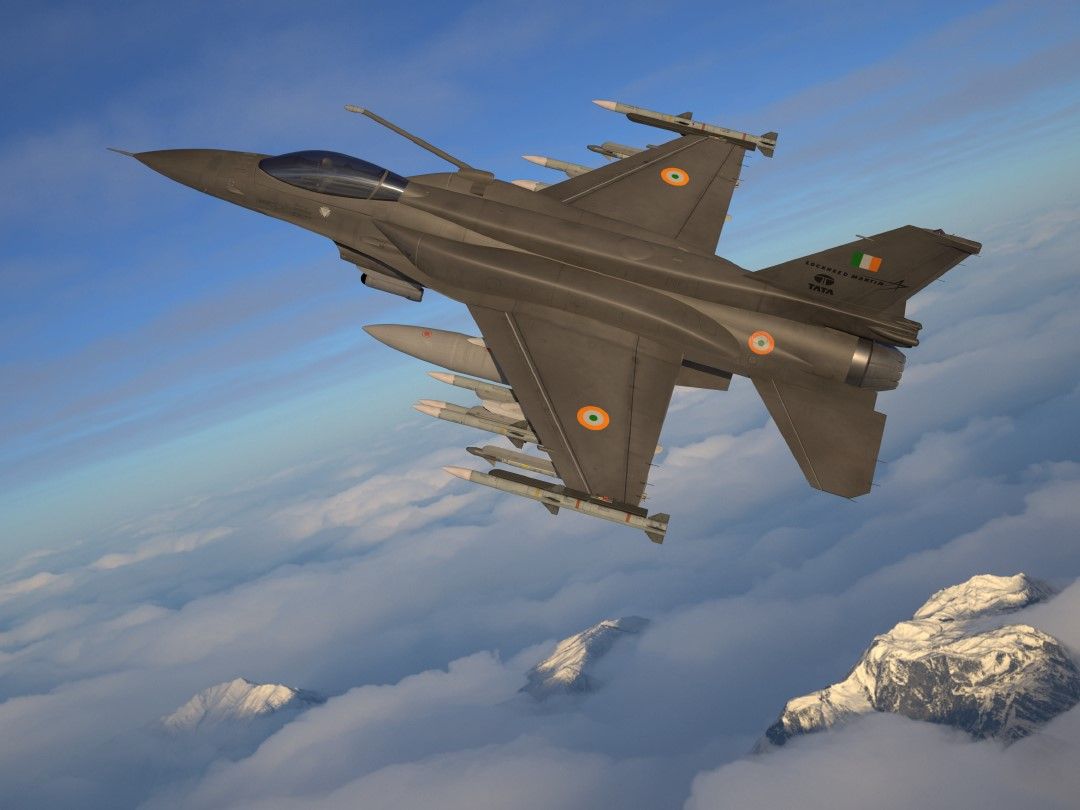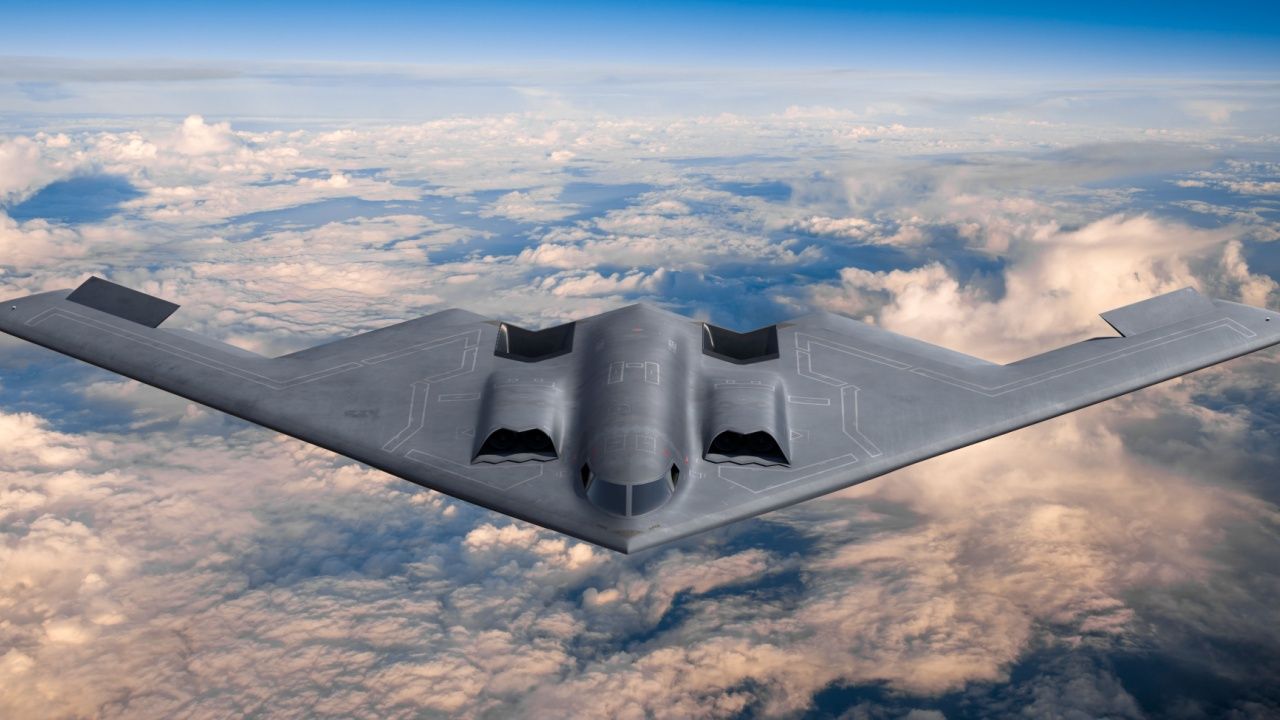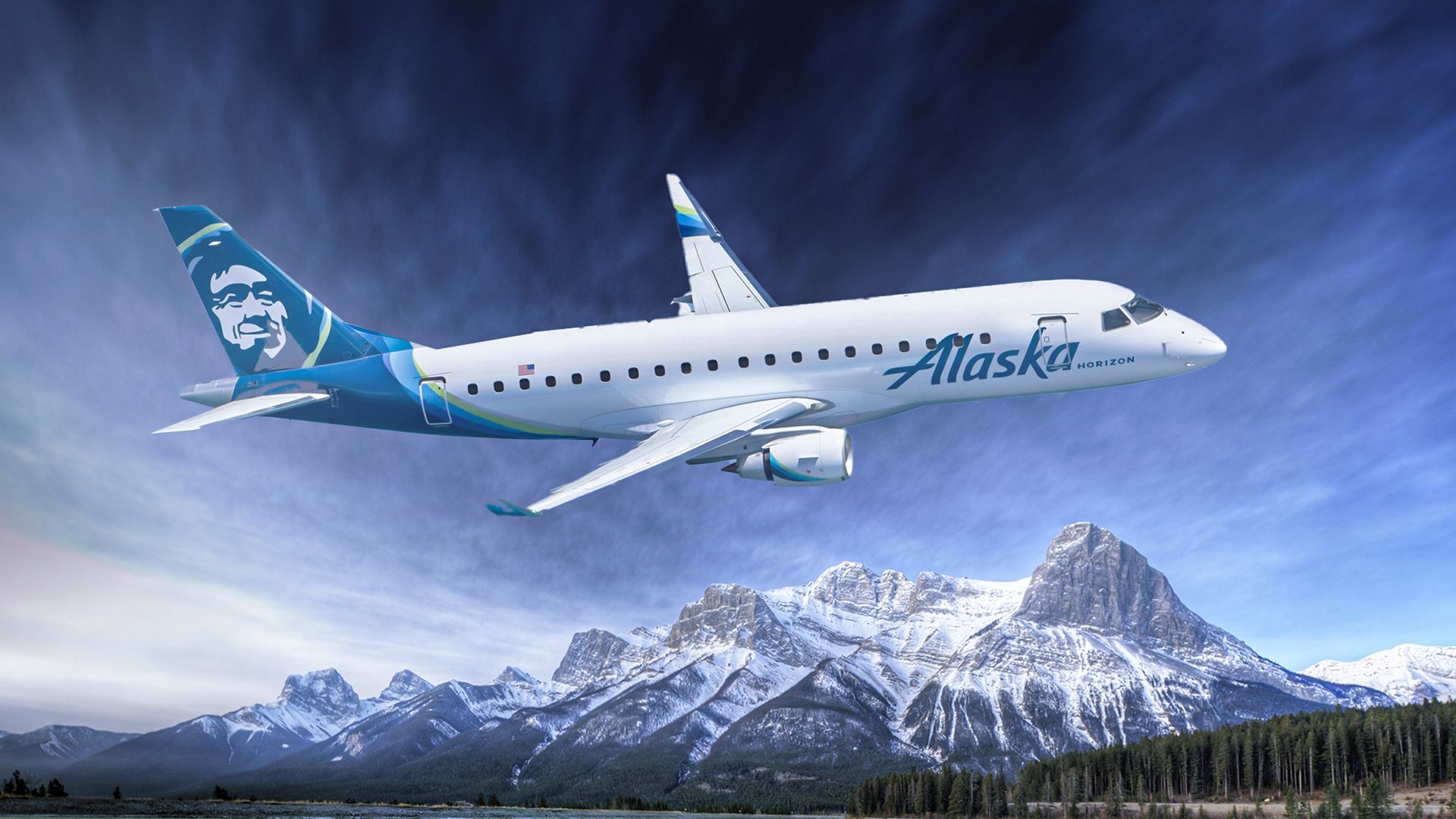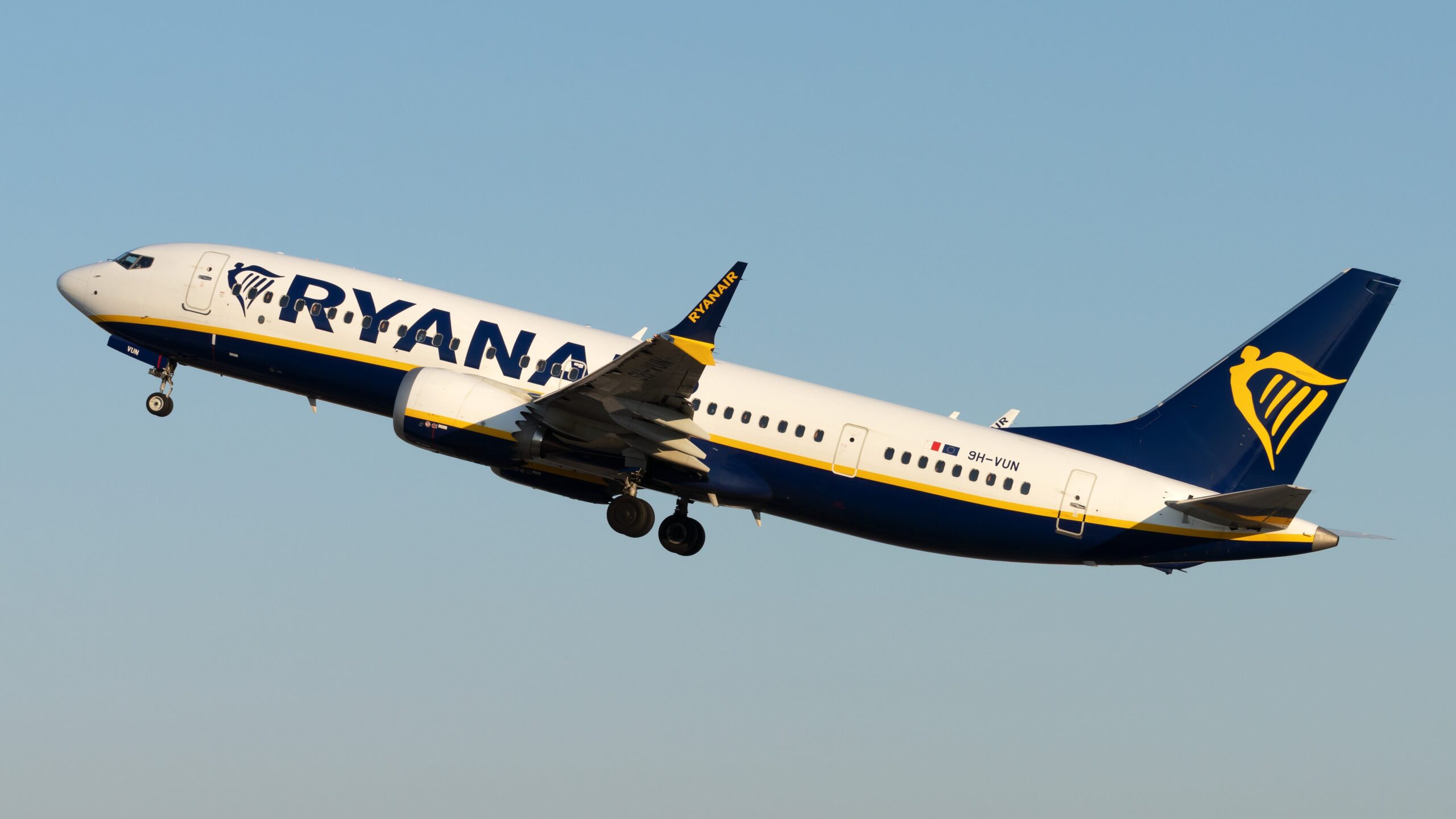Summary
- India is the first non-NATO ally for US drone tech, but caution is advised for continued reliance on Russian military technology.
- US-India military aviation cooperation must navigate Russian ties and shared technology values.
- US-India joint exercises demonstrate growing military cooperation, with concerns and optimism for future collaboration.
On May 20, 2024, the Hudson Institute (a prestigious Washington, DC-based public policy think tank) hosted an event titled “Strategic Synergies: India-US Technology Cooperation,” which was part of Hudson’s going Motwani Jadeja US-India Dialogue Series. This Simple Flying journalist had the honor and pleasure of attending this event.
Given the growing level of military cooperation between the United States and India – especially via the alliance known as “The Quad” that also includes Australia and Japan – as a bulwark against Red China’s ever-increasing belligerence in the INDOPACOM region, I thought this would be a grand opportunity to gain some additional perspective on the present and future prospects of US-India cooperation in the specific arena of military aviation technology.
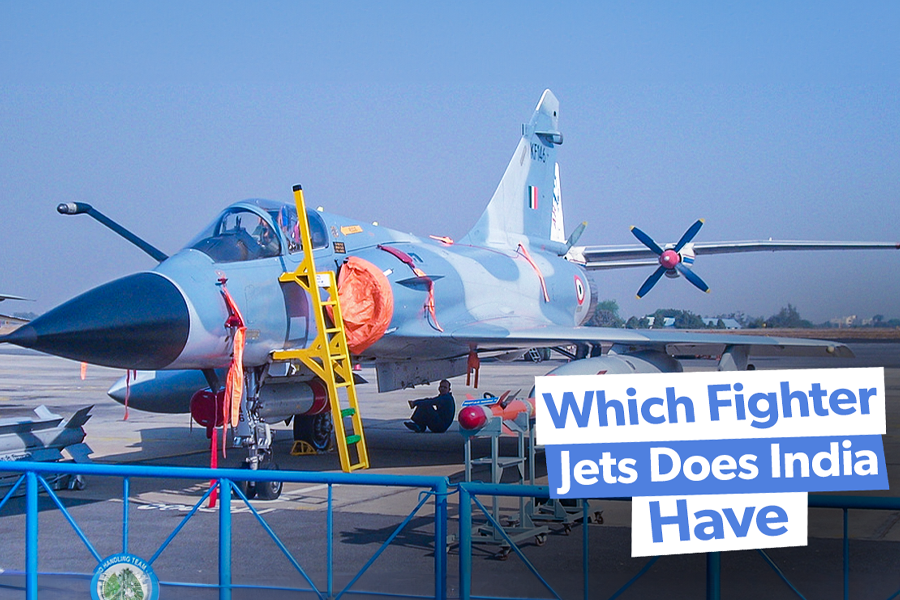
Related
Which Fighter Jets Does India Have?
India’s status as a bulwark against China cannot be overstated. This is as good a time as any to examine the capabilities of India’s fighter jet fleet
The keynote speaker was Ambassador Sripriya Ranganathan, Deputy Chief of Mission (chargé d’affaires), Embassy of India, Washington, DC. Not surprisingly, Ambassador Ranganathan — whose 26-year diplomatic career also includes postings in Turkey, Hong Kong, Myanmar, and the Republic of Korea (AKA South Korea) — spoke in Big Picture terms, but did make reference to a “more cooperative defense relationship, and made a specific relationship to General Electric (G.E.) 414 engines being produced in India.
Afterward, one of the panelists gave me some additional information and clarification in a post-formalities one-on-one conversation, stating that the chargé d’affaires was referring to the G.E. Aerospace F414 INS6 engine being installed in the Mark 2 variant of India’s homegrown Hindustan Aeronautics Limited (HAL) Tejas (“Radiance”) Light Combat Aircraft (LCA). Meanwhile, the current iterations of the Tejas, the Mark 1 and Mark 1A, utilize G.E.’s slightly less powerful F404-GE-F2J3 afterburning turbofan engine.
The Mark 2 Tejas is expected to debut in 2025 (24 years after the original version’s maiden flight).
Photo: Joe Ravi | Shutterstock
Main panel discussion
After the Ambassador concluded her keynote remarks, the event switched over to the main panel of speakers, which consisted of the following subject matter experts (SMEs):
- Rudra “Rudy” Chaudhuri, Director, Carnegie India
- Konark Bhandari, Fellow, Technology, Science and Technology Program, Caregia India
- Daniel Markey, Ph.D., Senior Advisor, South Asia Programs, United States Institute of Peace (USIP)
- Vikram Singh, Senior Adviser, Defense and Aerospace, United States India Strategic Partnership Forum (USISPF)
- Lisa Curtis, Senior Fellow, Center for New American Security (CNAS)
- Aparna Pande, Research Fellow and Director, India and South Asia, Hudson Institute (event moderator)
All the panelists provided fascinating and superbly detailed contributions. However, for the sake of brevity as with the Ambassador’s remarks, this article will focus on the comments germane to military aviation.
For her part, Lisa Curtis noted that, on the positive side, (1) India is America’s first non-NATO ally to be given access to MQB drone technology, and (2) the two countries share technology values (to benefit our societies and reduce the prospect of the malign use of artificial intelligence (AI). On the negative side of the ledger, Lisa stated that India’s continued reliance on Russian military technology is “a note of caution.”
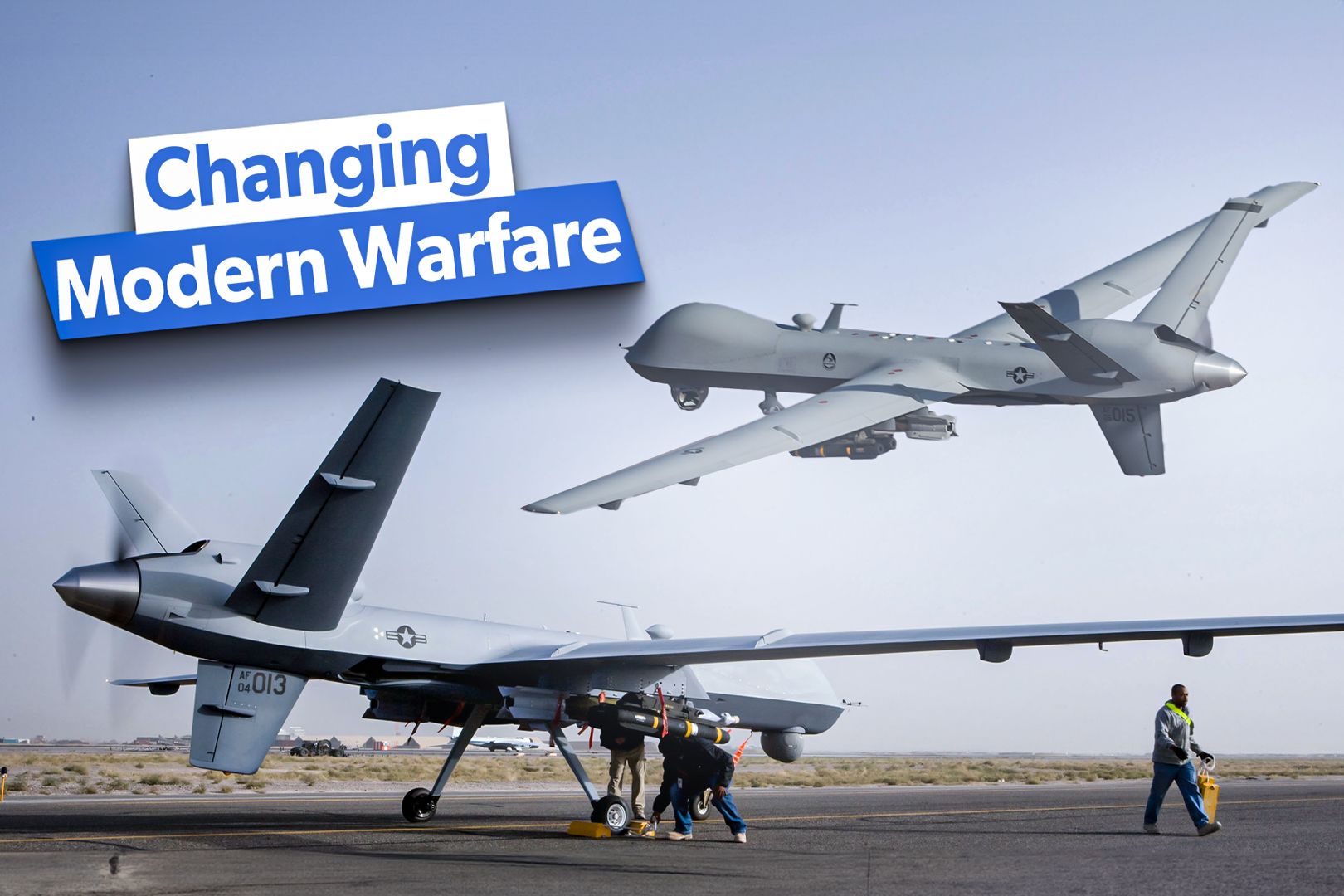
Related
Top 5 Military Drones Changing Modern Warfare
For better or worse, military drones are here to stay. Simple Flying examines the five that are proving most impactful.
“Rudy” Chaudhuri piggybacked onto Mrs. Curtis’s remarks about the drones, concurring that the US sales of these drones to India are a huge deal. On the other hand, he launched a retort about the Russo-India ties, asserting that the US “is not in an exclusive relationship with India,” and therefore India’s military ties with Russia aren’t going away for at least another 30–40 years; “India just isn’t designed for an exclusive relationship. He added that 70 percent of India’s military technology (including 85 percent of its armor) comes from Russia.
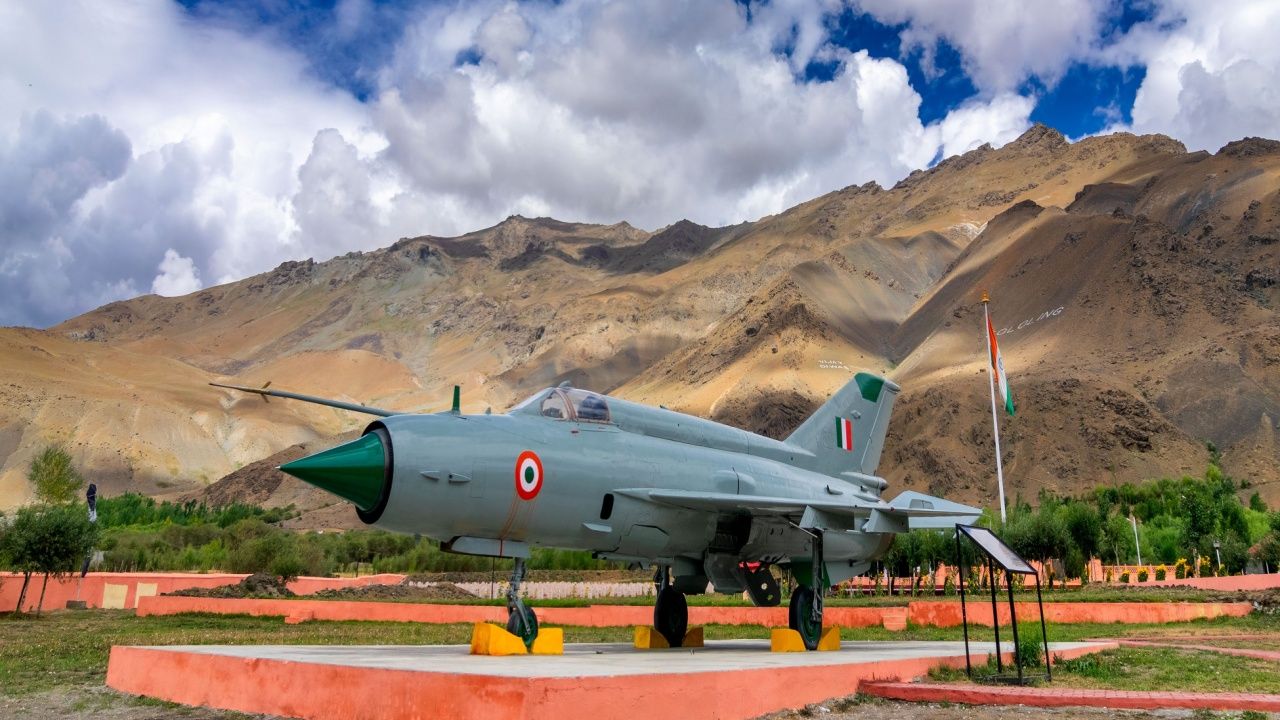
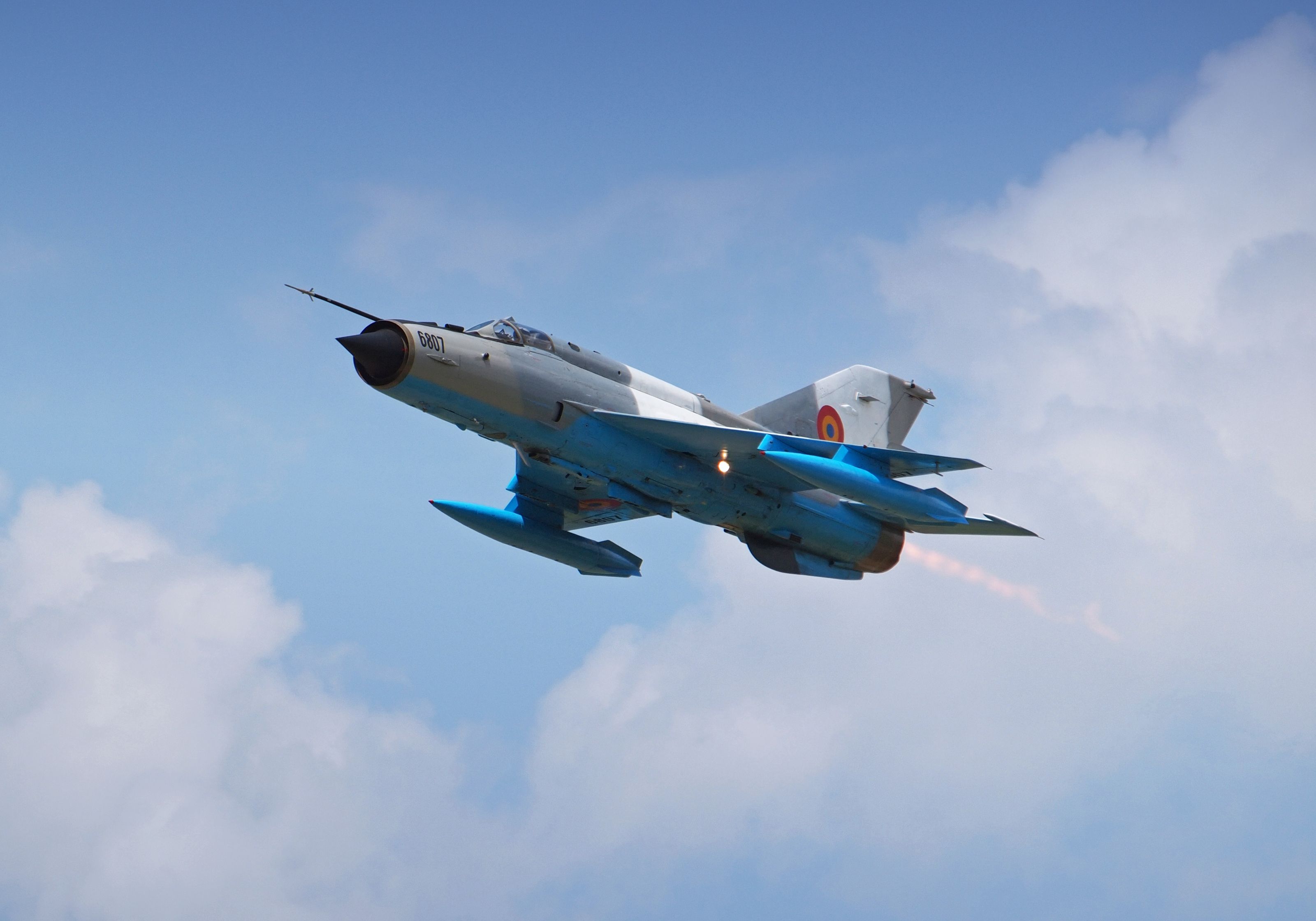
Vikram Singh stated that he didn’t think the US was sharing its “most exquisite” military technology, the so-called “Crown Jewels” [i.e. strategic systems like ballistic missiles and SSBNs] and he didn’t necessarily consider that to be a bad thing. Tacking onto some of Mr. Chaudhuri’s comments. Mr. Singh also affirmed that India won’t necessarily cut off military business with Russia, but *will* cooperate with America as much as possible, citing examples such as “Indian commandos jumping out of C-17s” and shared technology on the P-8I Neptune antisubmarine warfare (ASW) plane.
The P-8I is a variant of the Boeing P-8A Poseidon, wherein the magnetic anomaly detector (MAD) has been kept intact whilst an aft-mounted radar provides 360-degree aerial radar surveillance capability.
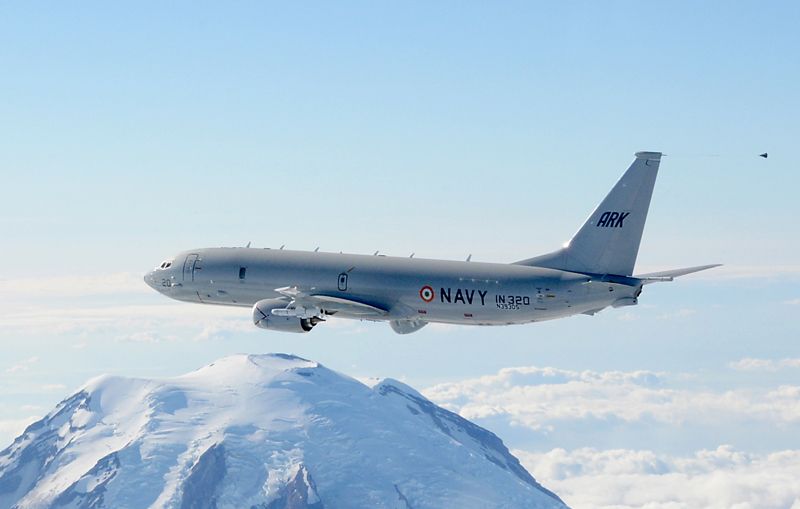

Dan Markey struck a somewhat more somber tone in his remarks, warning about the “danger of over-promising and under-delivering.” In response to Lisa Curtis’s remarks, Dr. Markey asked “What are the terms of the US-India convergence on technological values(?),” noting that America is more private-sector oriented. Of biggest concerns from a military aviation standpoint, Dan stated that India’s cooperation with Russia on S-400 missile systems is no small issue, and it is not going away anytime soon.
Q&A session
During the Q&A session, I tossed out a question )starting at the 1:31:19 mark of the YouTube video) to the panelists asking if any of them would be willing to go into further detail about current and future prospects for cooperation between: (1) the U.S. Air Force (USAF) and the Indian Air Force (IAF); and (2) U.S. Naval (USN) aviation and the Indian Naval Air Arm, particularly in the context of the aforementioned Indian use of Russian military technology/
Lisa was the first panelist to tackle my question, referring back to the concerns about Russo-Indian military ties, with a specific allusion to the Indian Navy’s continued use of the MiG-29K “Fulcrum” jet fighter, and that in the USAF-IAF context, we missed out on providing for India’s fighter jet needs, i.e. “we let one go.” However, she struck a more optimistic note on cooperation regarding joint exercises:
“India exercises with the United States more than any other country when it comes to military exercises by a large margin. We had one in 2022 which was very close to the Line of Actual Control [LAC]; the Chinese didn’t like it very much, but it sent the signal about the growing closeness between all of our military sectors… When it comes to Air Force cooperation, I think you’re going to see that we need more and more in terms of how we exercise together.”
From there, Vikram Singh expressed his concurrence that “both services exercise together tremendously well,” and that the US would obviously welcome the opportunity to be the provider for a future IAF capability, though “that seems like [the latter scenario is] not likely,” as India is more likely to stick with an indigenous fighter, and this also rings true as the likely scenario for Indian Naval aviation — even though Boeing would welcome an opportunity therein — after going through a transitional period. Vikram conceded that from an American standpoint. India acquiring, say, a French fighter would be preferable to another Russian one.
The IAF indeed has French-made fighter planes in its fleet already, namely the Dassault Rafale (indeed the latest addition to the IAF arsenal) and Mirage 2000.
Vikram then hit upon his most salient point about the Sino-US friction point over Russian-made equipment”
“But it has not prevented us from working together, the fact that they are flying Russian fighters. Think of the lessons of Eastern Europe and NATO expansion. We brought into NATO many nations that were exclusively equipped with Soviet-era matériel and are using that matériel now, and we are depending on a lot of it to hold off Russia in Ukraine…”
“So I think we overstate the risk from these diverse sources of platforms.”
It was “Rudy” Chaudhuri who gave me the aforementioned additional insights on the G.E. engines for the Tejas during our face-to-face conversation and added that he was very confident about the future of US-Indian military aviation cooperation.
Beyond the Hudson discussion
Lisa’s and Vikram’s comments on US-India joint exercises are borne about by “Red Flag 24” a huge multinational advanced aerial combat exercise hosted at Eilson AFB, Alaska. The IAF proudly posted on X (the artist formerly known as Twitter), as quoted in The Times of India, the words “Onwards and Upwards” regarding its participation in the exercise.
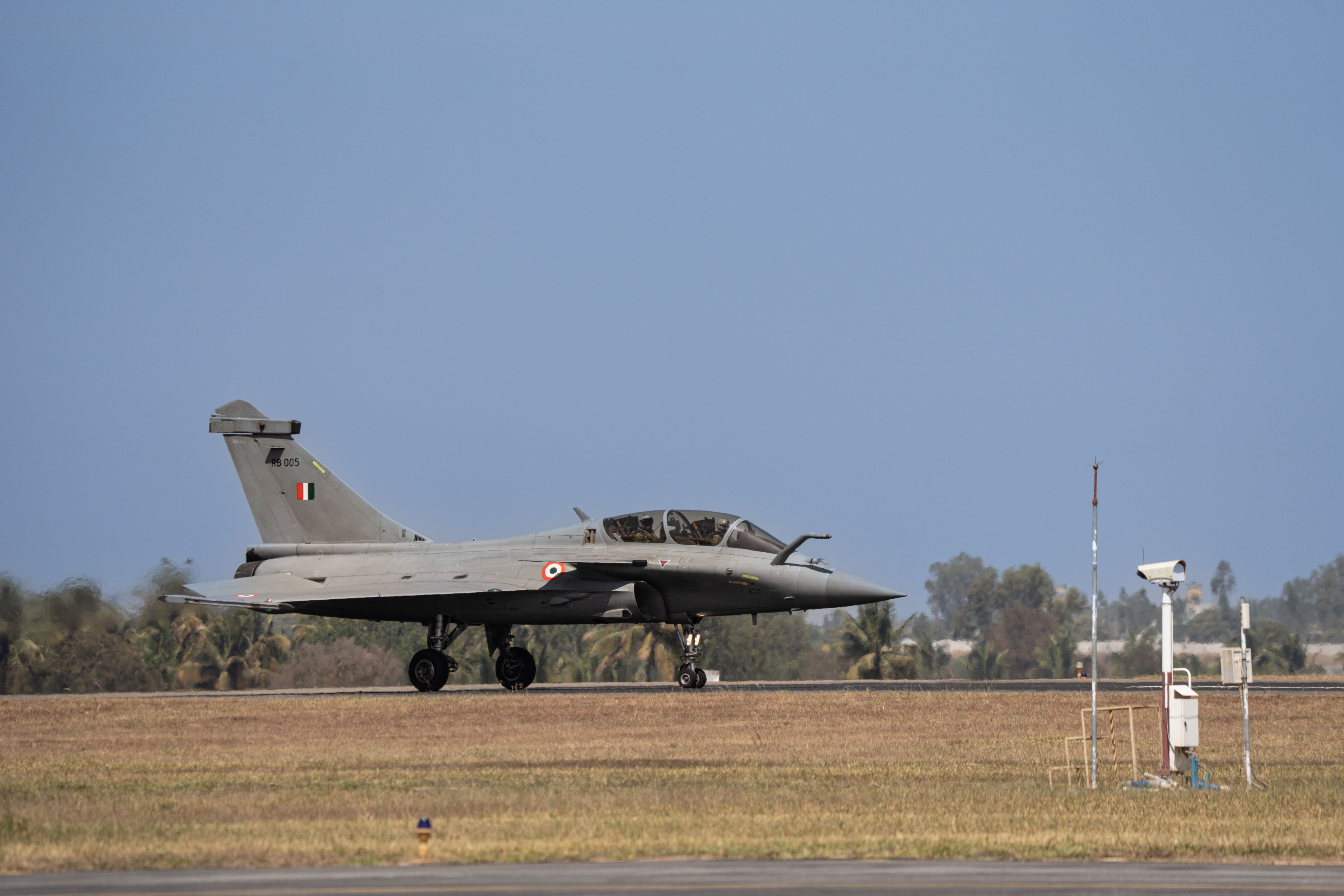
Related
Indian Air Force Rafale Jets Will Join US Air Force Red Flag Exercise In Alaska
The joint exercise will take place over the next two weeks.
Likewise, the American defense industry is certainly not resting on its laurels when it comes to ambitions of penetrating the Indian fighter jet market. Accordingly, Lockheed Martin its touting proposed F-21 Advanced Fighter Jet project, the artist’s rendering of which adorns the top of this very article:
“Lockheed Martin’s proposed F-21 partnership with India will deliver advanced, scalable capabilities to the Indian Air Force, provide unmatched industrial opportunities, and accelerate India – U.S. cooperation on advanced technologies.”
Photo: Lockheed Martin

